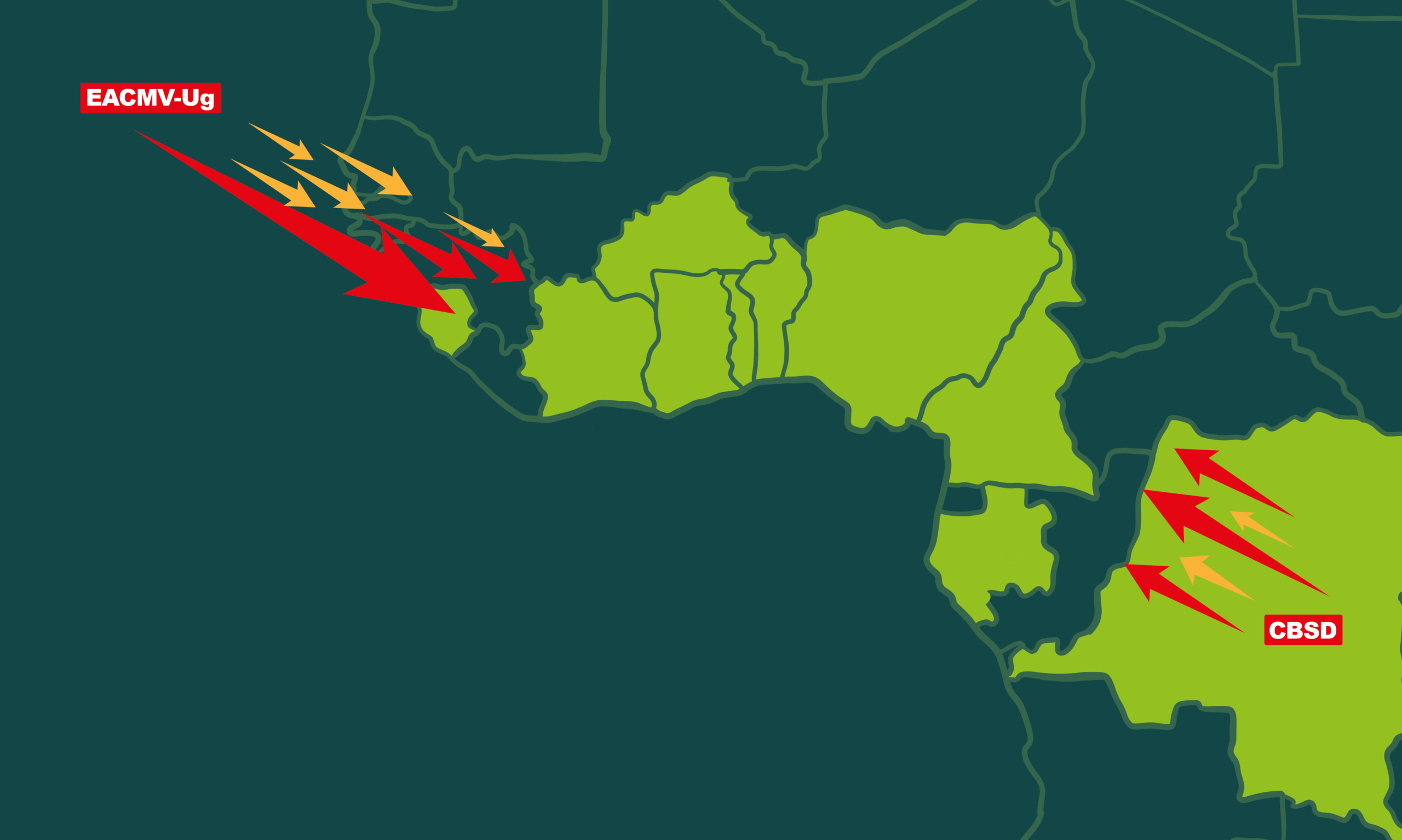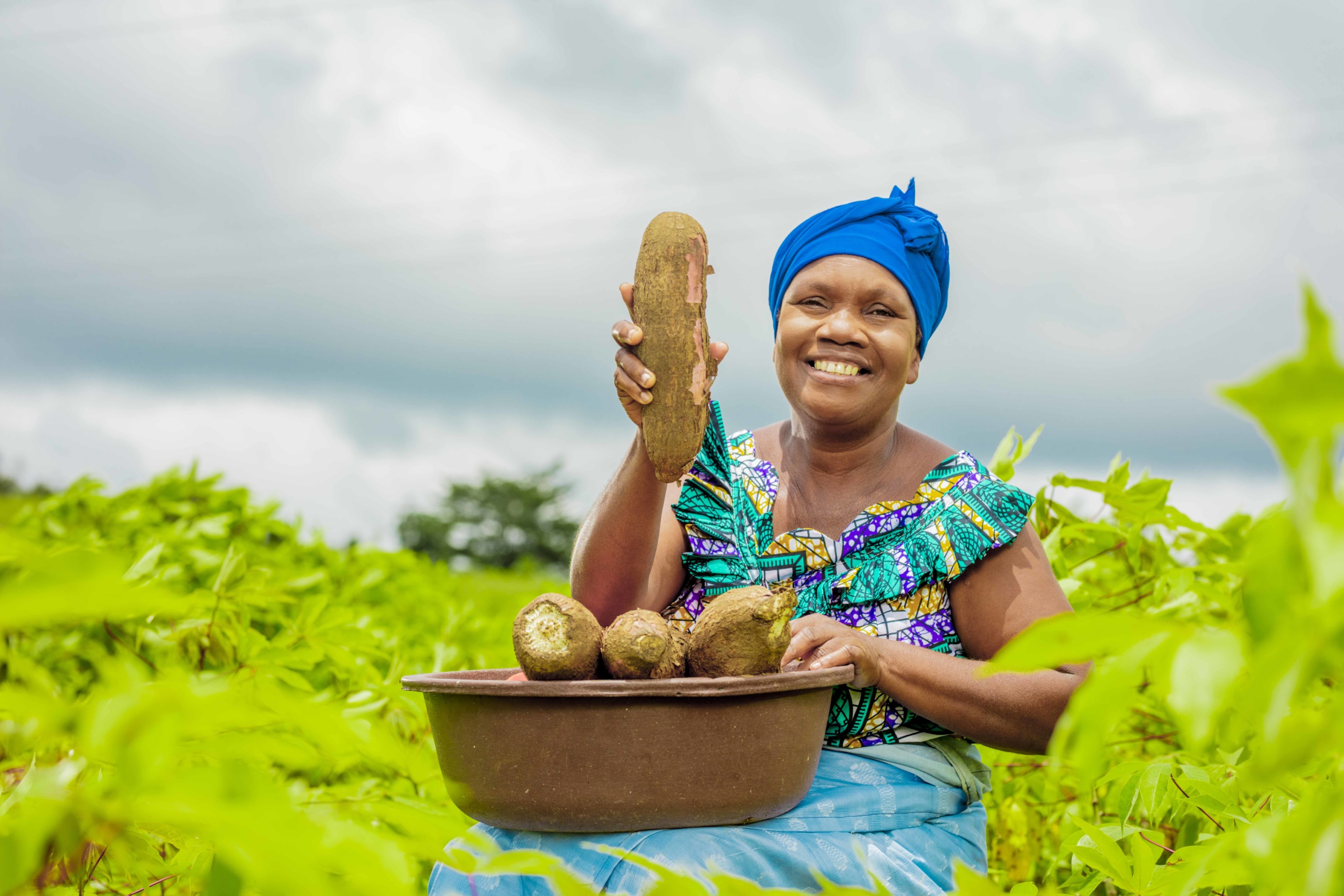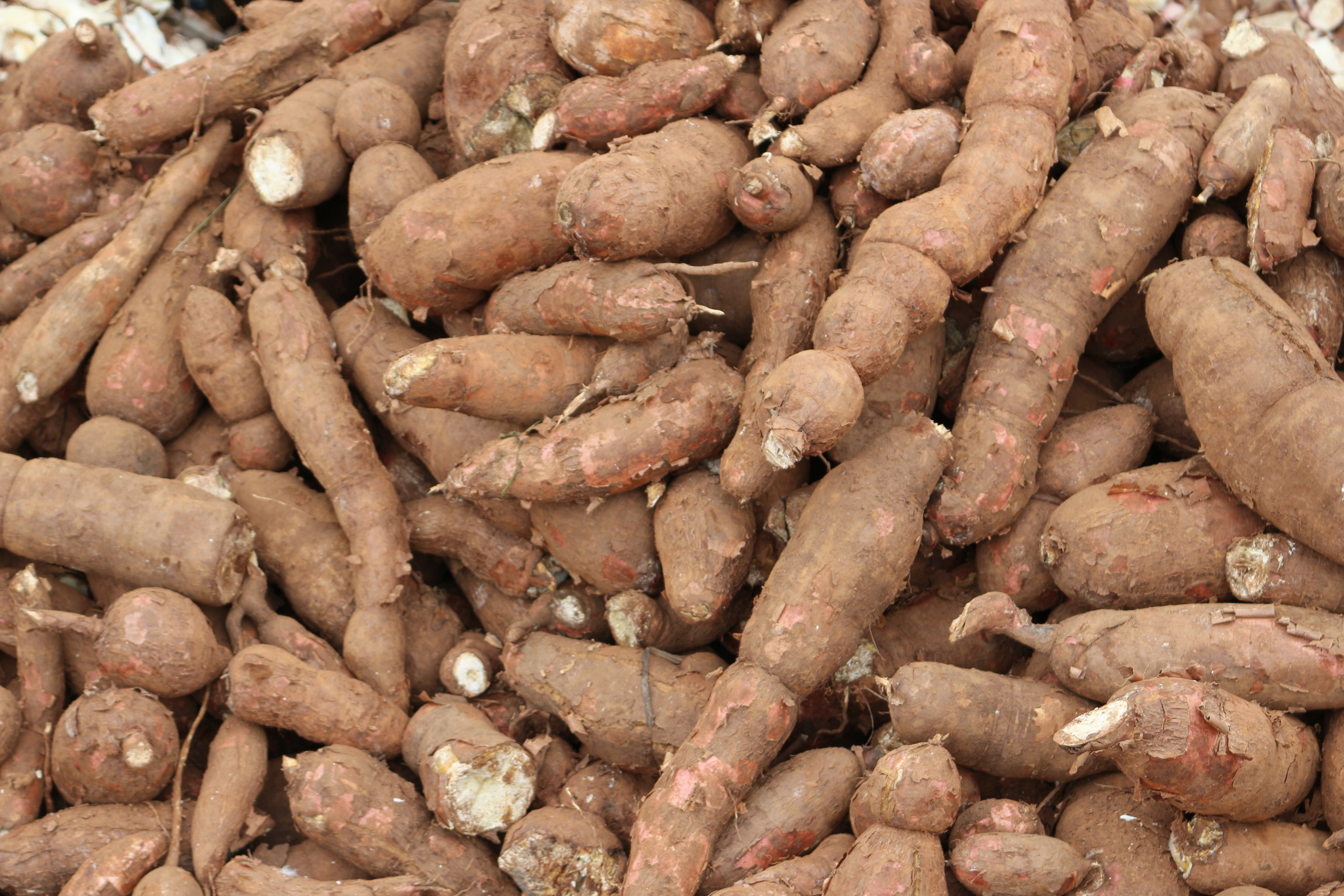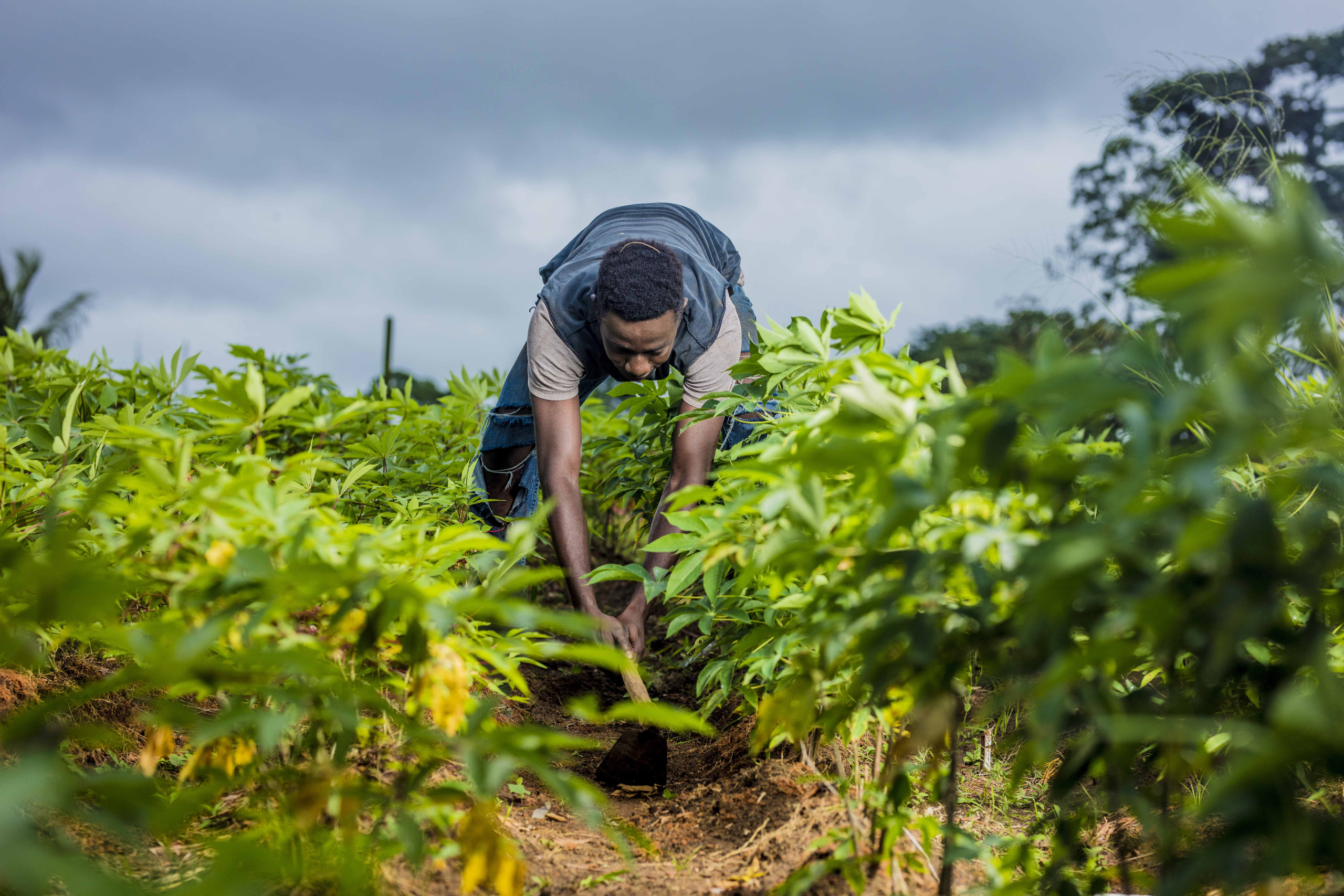Towards the operationalization of national response plans for the management of cassava viral diseases
Since 2018, WAVE has initiated a regional advocacy among African agricultural stakeholders to effectively fight against cassava mosaic disease (CMD), present in most African countries and on the need to be proactive regarding the rapid progression of cassava brown streak disease (CBSD) from East Africa to Central and West Africa. This extremely devastating disease affects cassava production with yield loss from 90 to 100%. The situation is even more urgent as CBSD has been detected in the Democratic Republic of Congo (DRC).
The first step in WAVE’s advocacy was the Cotonou international conference, organized in June 2018, where we alerted governments and public opinion on the urgency for African countries to proactively mitigate cassava brown streak disease, which is inexorably moving towards our region.
The immediate outcome of this international conference was the holding of national workshops for the establishment of cassava viral diseases response plans in 2018 in the 10 West and Central African countries (Benin, Burkina Faso, Cameroon, Côte d’Ivoire, Gabon, Ghana, Nigeria, Democratic Republic of Congo, Sierra Leone, and Togo) in which WAVE is implemented. The main cassava value chain stakeholders gathered to develop national phytosanitary surveillance, early warning and response plans for disease emergencies. These plans provide for the establishment of Emergency Operation Centers (EOCs) in case of a viral disease outbreak. In December 2018, these plans were signed by the Ministers of Agriculture or Higher Education and Scientific Research of the 10 countries mentioned above, demonstrating policymakers’ buy-in to WAVE’s fight for sustainable agricultural productivity in Africa.
Today, the challenge is to operationalize these prevention and response plans. To this end, WAVE and its partners organized national workshops to present the plans to the stakeholders. Researchers, producers’ associations, seed multipliers, representatives of the Ministry of Agriculture, through the plant protection and phytosanitary control services, and representatives of the Ministry of Higher Education and Scientific Research met to update the plans, ensure their ownership by the stakeholders, while specifying the roles and responsibilities of each. Recommendations were made at the end of the workshops, for a concrete implementation of the monitoring and early warning systems provided for by the plans.







